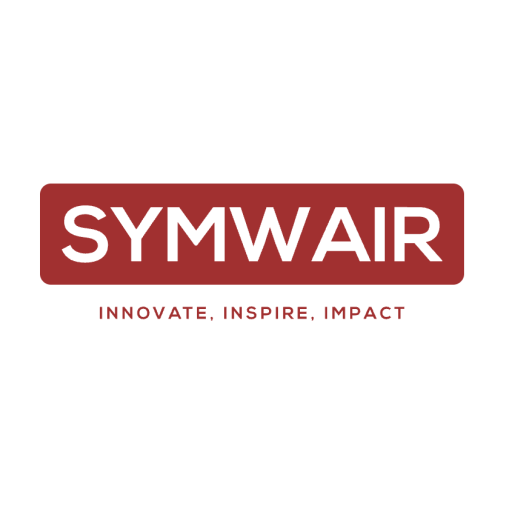In today’s fast-paced business environment, staying competitive requires efficiency, accuracy, and adaptability. Workforce automation is no longer a luxury—it’s a necessity for companies looking to scale and optimize operations. But how do you know when it’s time to introduce automation? Here are five key signs your business is ready for workforce automation.
1. Repetitive Manual Tasks are Slowing You Down
If your employees spend hours every day performing repetitive tasks such as data entry, invoice processing, or report generation, it’s a strong indicator that automation could boost efficiency. Automating these tasks not only saves time but also reduces human error, allowing employees to focus on strategic initiatives rather than mundane activities.
2. High Operational Costs are Draining Resources
Labor-intensive processes often lead to inflated operational costs. If you notice an increasing budget allocation to administrative tasks, automation can be a cost-effective solution. By streamlining workflows, businesses can reduce the need for excessive staffing, lower overhead expenses, and improve overall productivity.
3. Frequent Errors are Impacting Productivity
Human error is inevitable, but when mistakes become a common occurrence—whether in payroll, inventory management, or customer data processing—it’s a sign that automation is needed. Automated systems ensure accuracy by minimizing the risks associated with manual handling, reducing costly errors and rework.
4. Scalability Challenges are Hindering Growth
As your business grows, so do the complexities of managing operations. If you’re struggling to keep up with increasing workloads, automation provides the scalability needed to handle larger volumes of tasks efficiently. Automated systems can process high amounts of data and transactions without requiring additional manpower, ensuring smooth operations as your company expands.
5. Customer Service is Suffering Due to Delays
In a digital-first world, customers expect quick responses and seamless experiences. If customer inquiries, order processing, or support requests are frequently delayed due to manual processes, automation can enhance response times and improve customer satisfaction. Implementing AI-powered chatbots, automated ticketing systems, and workflow automation tools can help maintain a high level of service.
Conclusion
Recognizing these signs early can help businesses stay ahead of the curve. Workforce automation is not about replacing employees but empowering them to focus on higher-value tasks that drive innovation and growth. By automating repetitive, error-prone, and time-consuming activities, businesses can reduce costs, enhance efficiency, and scale operations effectively.
Are you seeing any of these signs in your business? If so, it might be time to explore workforce automation solutions that align with your company’s needs.

